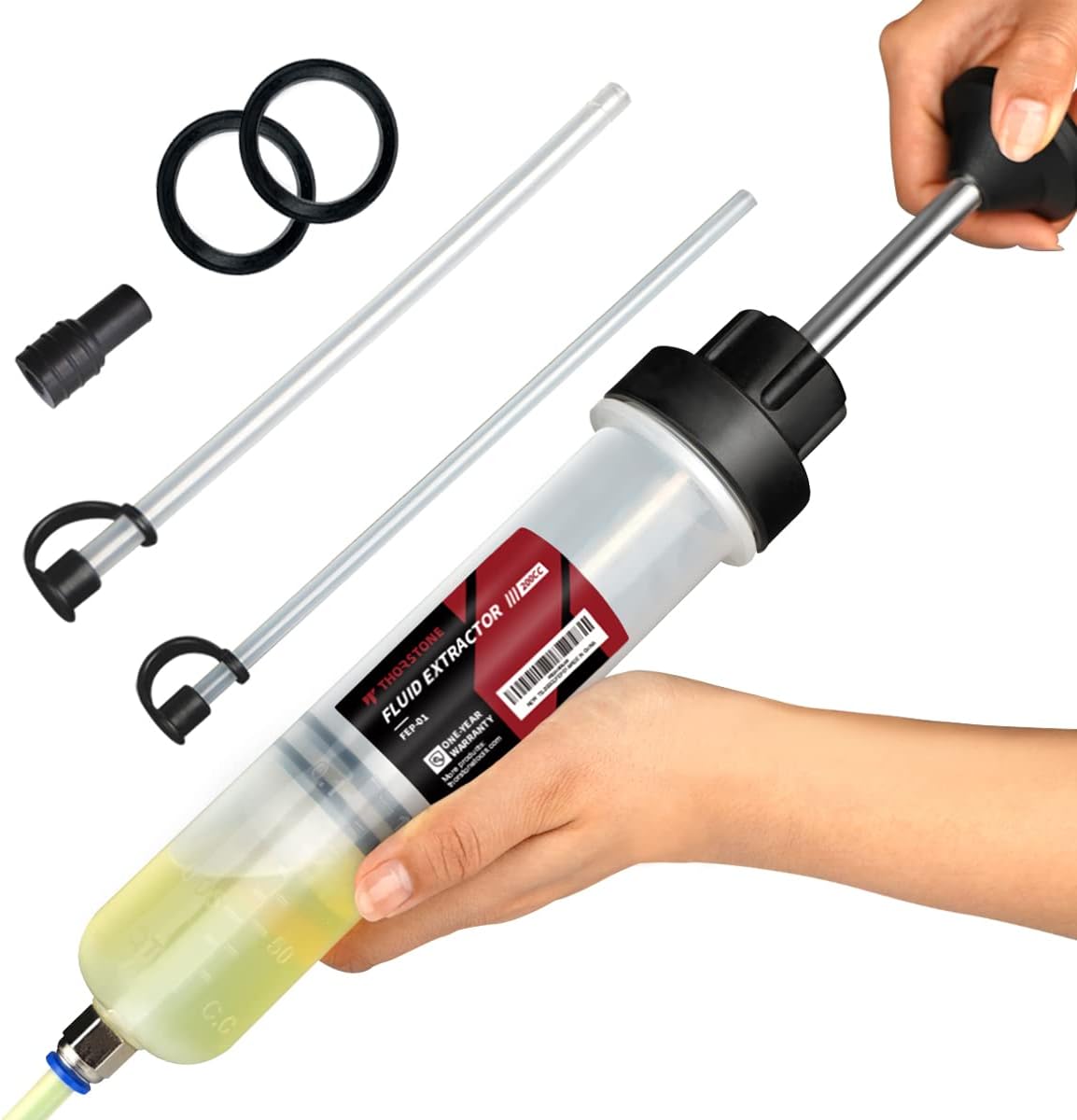Do-It-Yourself Oil Changes: A Guide to Automotive Fluid Extractor Pumps
Performing a routine oil change is an essential part of maintaining your car’s health. While you can always take your vehicle to a professional, some people prefer the satisfaction and cost-savings of doing it themselves. If you’re interested in DIY oil changes, an automotive fluid extractor pump can be a valuable tool in your arsenal.
This blog post explores what an automotive fluid extractor pump is, how it works, and the benefits it offers for at-home oil changes.
What is an Automotive Fluid Extractor Pump?
An automotive fluid extractor pump, also known as an oil change syringe or fluid evacuator, is a manual pump that allows you to extract used oil from your car’s engine. It typically consists of a reservoir, a hand pump, and a long hose with an attachment that fits into your car’s dipstick tube.
How Does a Fluid Extractor Pump Work?
Here’s a simplified breakdown of how a fluid extractor pump works:
- Insert the hose: The thin hose with an appropriate attachment is inserted into the dipstick tube, reaching down to the engine oil.
- Manual Pumping: By operating the hand pump, you create suction, drawing the used oil out of the engine and into the reservoir of the extractor pump.
- Emptying the Reservoir: Once the oil is extracted, you can detach the hose and empty the reservoir into a designated oil disposal container.
Important Note: Always consult your car’s owner’s manual for specific instructions on oil changes and proper disposal of used oil.
Benefits of Using a Fluid Extractor Pump
There are several advantages to using a fluid extractor pump for oil changes:
- Convenience: This method allows you to change your oil at home without needing to crawl under the car or remove the drain plug.
- Cleanliness: The extractor pump minimizes the mess involved in traditional oil changes, as you’re not draining the oil from the underside of the engine.
- Cost-Effectiveness: Over time, performing your own oil changes with a fluid extractor pump can save you money compared to paying for professional services.
- Environmentally Friendly: Proper disposal of used oil is crucial for environmental protection. Using a fluid extractor pump allows for easier control and reduces the risk of spills.
Things to Consider Before Using a Fluid Extractor Pump
While fluid extractor pumps offer many benefits, here are some factors to keep in mind:
- Oil Viscosity: These pumps might not be suitable for extracting very thick or sludgy oil. Consult your owner’s manual for your car’s recommended oil viscosity.
- Engine Accessibility: In some vehicles, the dipstick tube might be difficult to reach, making it challenging to use the extractor pump.
- Complete Oil Removal: Extractor pumps might not remove all the used oil from the engine. Consider following up with a traditional oil drain to ensure a complete oil change.
Conclusion
An automotive fluid extractor pump can be a helpful tool for car owners who want to perform their own oil changes. It offers convenience, cleanliness, and cost-effectiveness. However, it’s important to consider your car’s specific needs and oil type to ensure the pump is compatible. If you’re comfortable with DIY car maintenance and want to take charge of your vehicle’s upkeep, a fluid extractor pump might be a worthwhile investment.

